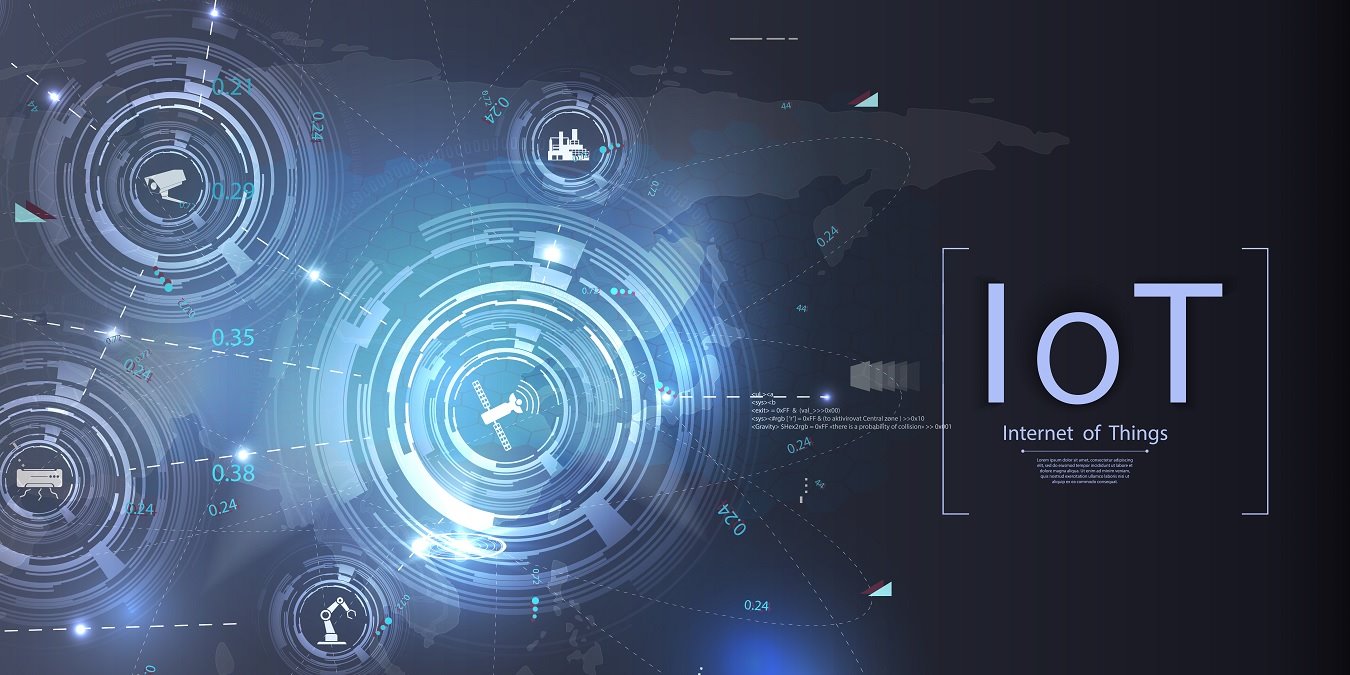
No matter your IoT development needs, you must choose an IoT platform that can offer necessary back-end integrations to help you design and market your IoT products for end consumers. There are many solutions providers in this space but some have more potential than the rest. Accordingly, we have updated a list of the best IoT platforms to watch in 2023.
What is an IoT Platform?
The IoT (Internet of Things) ecosystem is quite vast: but as end users, we only see its periphery comprising smart home devices and any external facing components including gateways, sensors and actuators. But that’s not the whole picture. In order for all these end use devices to communicate, you also need technology enablers called IoT platforms. They operate at a deep, intermediate layer to make the whole IoT experience come alive.
In technical parlance, an IoT platform is an integrated system architecture which connects any IoT device with its developer toolkit, cloud infrastructure, libraries and extensions, and other compatible devices. You need IoT platforms to convert real world user information into digital data which the cloud servers can understand.
Best IoT Platforms in 2023
The global IoT market comprises various solutions in smart home products, industrial IoT (IIoT), connected healthcare, smart cities, smart transportation and autonomous vehicles, and 5G technologies.
The best IoT platforms have desired capabilities including multiple components support, proper documentation, sample code, and extensive use cases.
1. Cisco IoT Control Center
From rugged switches to LoRaWAN and 5G modules, Cisco’s equipment powers a large ecosystem of corporate consumers such as General Motors automobiles, Vivint’s home security systems, and ABB Robotics. With a large library of APIs and integrations with AI/ML analytics, Cisco has its presence in diverse areas including autonomous vehicles, smart meters, predictive maintenance, fleet management, home security, and payment/point of sale systems.
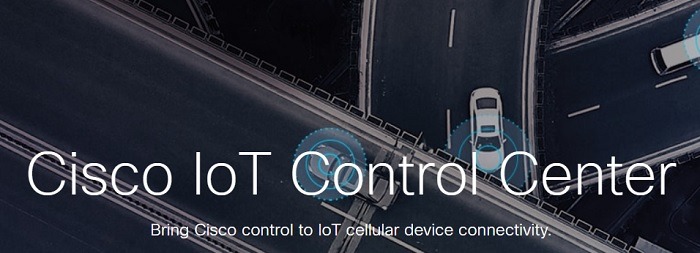
To get started, you will have to become a Cisco Partner and order an IoT starter kit online. After that, you can link to an IoT Connect portal to develop your designs.
2. AWS IoT Core
AWS IoT Core is a behemoth in IoT platforms and is the backbone of many fascinating projects such as Volkswagen, Carrier, and Belkin. With support for device software such as FreeRTOS, built-in Alexa voice assistant, Amazon Sidewalk and AWS IoT Greengrass, AWS IoT Core offers a vastly superior ecosystem of products. AWS’s platform supports development for both smart homes and industrial automation projects.
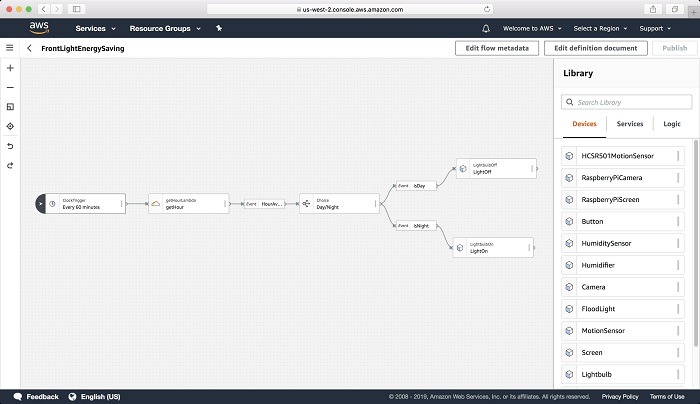
Creating an account and getting started is absolutely free. With AWS IoT Core Device Advisor, you can test your final solutions extensively. If you’re planning to develop solutions targeting Amazon’s Alexa consumer users, AWS IoT Core will play an important role for your development needs.
3. Azure IoT Central
Azure IoT Central by Microsoft is another big IoT platform which can scale from developer-centric prototypes to large industrial scale applications. With quick cloud connectivity, centralized visualization, and a simple plug-and-play infrastructure, Azure IoT Central is a significant force to reckon with. As a developer, you can get started by creating an Azure account for which there is a free subscription.
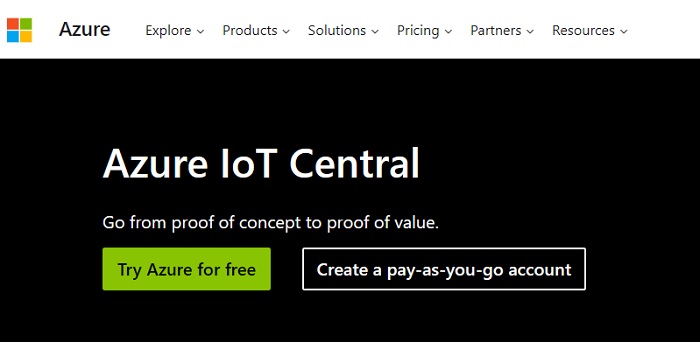
After logging in, you get access to all of Azure’s Platform-as-a-Service (PaaS) offerings and slowly develop your prototypes within the IoT Central console.
4. Oracle Internet of Things (IoT) Cloud Service
Oracle offers a managed PaaS offering for IoT developers in enterprise applications such as asset monitoring, fleet management, production monitoring, and connected worker. All development is handled through the Oracle Cloud website where once you log in, you can review all the service instances of production and testing. The applications can be integrated on major browsers including Chrome, Edge, Firefox, and Apple Safari.
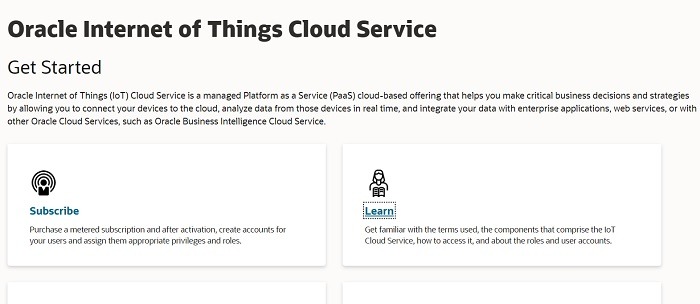
5. Ayla Networks
Ayla Networks is a prominent smart home backend provider and is one of the leading US-based IoT platforms. With over 7 million connected devices, it has a healthy footprint in the smart home segment. Ayla Network offers development platforms for door locks, dishwashers, cooking appliances, robot vacuums, thermostats, heaters, air purifiers, fireplaces, garage door openers, and much more. All development activities start with a free trial and Ayla’s own development kit which you need to order.
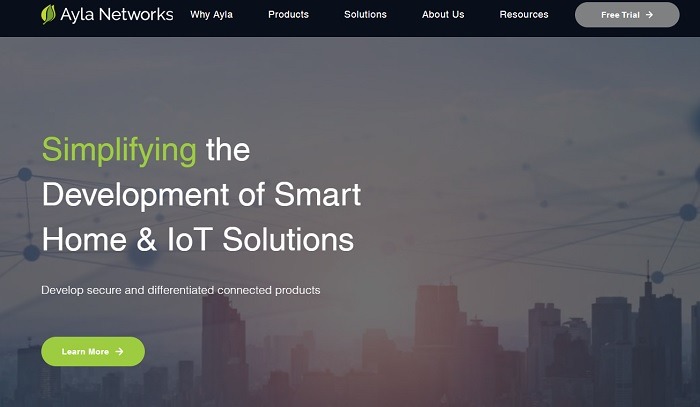
6. Siemens MindSphere
Siemens has its own cloud based open IoT operating system called MindSphere which is primarily used in industrial IoT applications. The solution comprises pre-built templates used in asset management, fleet management, smart machines, renewable energy sources, and DevOps. Whether you need a chip to monitor perishables spoilage or a tracker of assets, MindSphere may just have the right template for your needs.
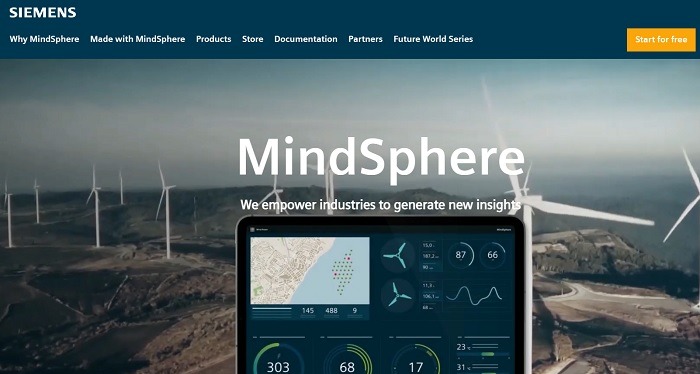
You can work with Siemens’ MindSphere IoT apps free of cost for an unlimited period of time through a step-by-step guidance. No downloads are required at any point which is an added plus.
7. IBM Maximo
The veteran computer manufacturer makes a great debut in the IoT space, utilizing its much-vaunted AI technology to create a very robust platform. IBM Maximo works in remote asset monitoring for mobile and edge devices. The applications lie in machinery maintenance, fleet tracking, and predictive analytics.
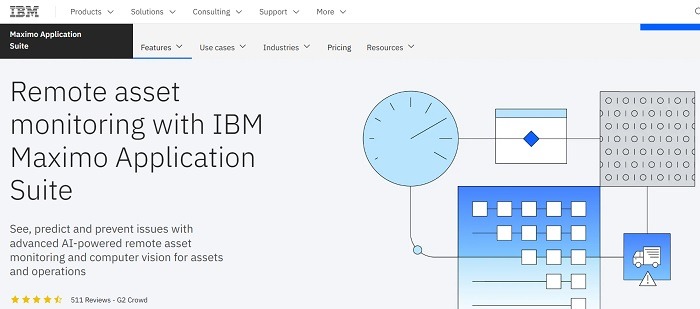
Fully cloud-hosted and elegantly designed, development teams are taking it up in droves. It’s not cheap, but alongside the usual IoT platform tricks, you can use IBM’s AI technologies to develop a ‘brain’ of sorts, unifying your IoT devices.
8. PTC ThingWorx
From developing your first prototype to building a full-fledged IIoT-scale solution, PTC ThingWorx is a popular IoT platform. Its biggest advantage is that all the hard work and programming is confined to the back-end: the front-end users needn’t bother about device connections or individual device status. A drag-and-drop editor alone creates your application interfaces. Supporting a low-code programming environment, PTC contains a fairly large library of extensions and widgets with applications in multiple industries.
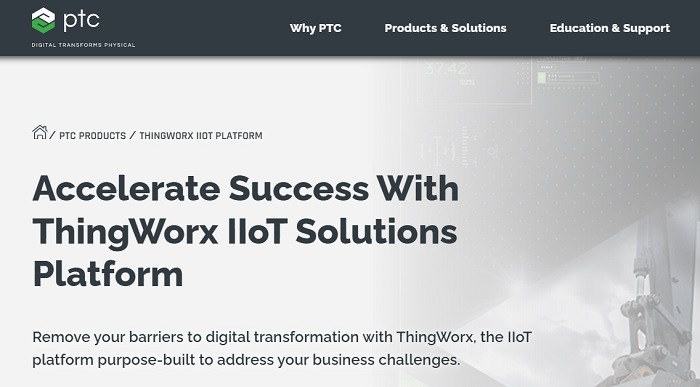
Despite being pricey, PTC offers a free trial for developers who register. If you’re looking for more free options
9. ClearBlade
With the impending shutdown of Google IoT Core, developers are looking for alternatives to migrate their projects to. ClearBlade is one of the only available IoT platforms that supports fully automated migration from Google IoT Core. It also offers a bevy of solutions that can be deployed on the edge networks with vast industrial applications including rail, mining, facilities, healthcare, smart cities, energy, and oil and gas. Supporting a genuine no-code interface, ClearBlade makes development tasks very easy as the solution offers a genuine plug-and-play experience. All developers can get started for free from the website.
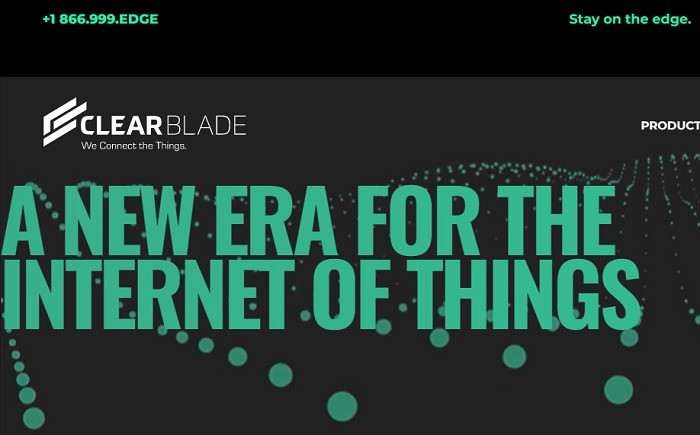
10. Blynk
With a promise to help you build your first IoT app in five minutes, Blynk is another extensive IoT platform supporting 400+ hardware devices. These include Arduino and all its shields, Espressif devices (ESP32 and ESP8266), Particle, MicroPython, and many single-board computers. Using this platform is that simple because you only need to download the Blynk app for Android or iOS and add the Blynk library on your device hardware.
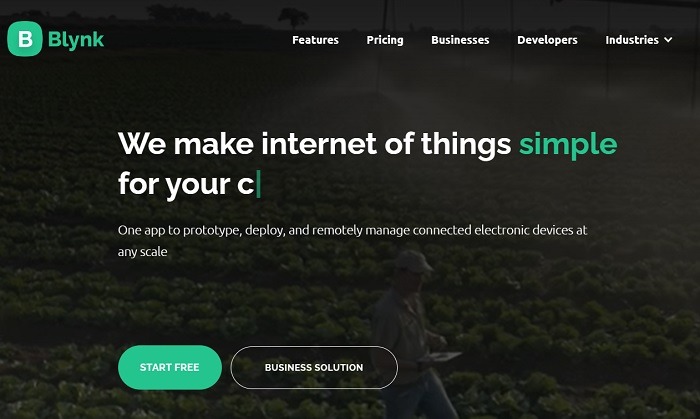
Blynk has hundreds of examples and tutorials for you to get up to speed. Developers can build prototypes for free for personal use only.
11. Tuya Smart
Tuya Smart is known for its huge marketplace of smart home devices. These include home security, smart sensors, smart lighting, AIoT offerings, and industrial applications. On the developer front, its superb platform supports iOS and Android native development, modular features, quick start integration with SDKs, and edge gateway device support. All the devices are connected via TuyaOS, its open source operating system which connects with major brands (such as Siemens) and other platforms such as Google Home and Alexa. Prototyping is free for the entire range of Tuya Smart platform offerings.
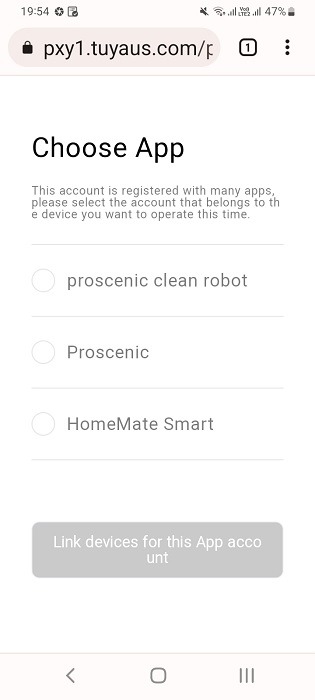
Tuya Smart’s offerings are visible as intermediary platform in many products ranging from smart air purifiers to smart plugs. The following example shows how Tuya Smart platform helps to connect a HomeMate smart plug to Alexa voice Assistant.
12. Qualcomm
Qualcomm the chip-maker supports an end-to-end IoT services suite with applications in smart cities, edge computing, healthcare, agriculture, traffic management, smart malls, and more. All the analysis is done on their scalable IoT platform that can grow with your project needs, and you can utilize the data insights for really cool stuff. If your IoT project involves a lot of continuous data monitoring with remote edge applications, Qualcomm will perfectly meet your requirements.
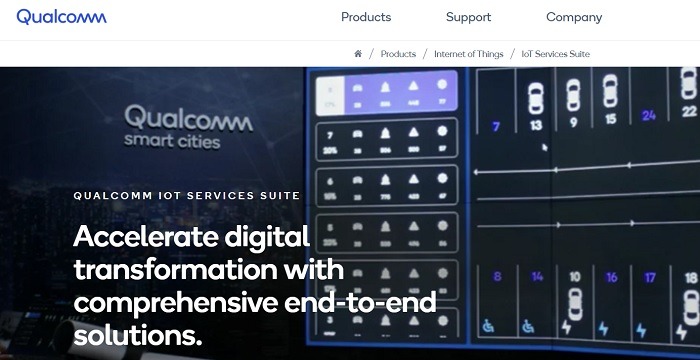
13. Adafruit
Adafruit IO is an IoT platform offering from the same company which manufactures Adafruit Feather boards, one of its example applications which we covered is regards building web servers. The platform supports hardware of many makers including Raspberry Pi, ESP8266, BeagleBone, and is well-supported on Arduino IDE. On the developer end, all user interface actions are executed in its single API (shown below). It contains the client libraries, data, webhooks, triggers, users, and tokens. Adafruit IO is free to use for beginners and prototype developers with some limitations in data points, data storage, and triggers for a given time.
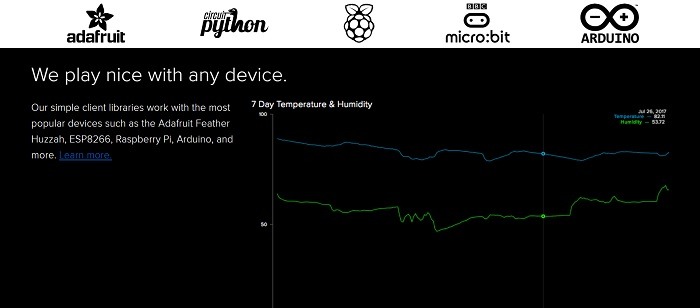
14. ThingsBoard
ThingsBoard is an open-source IoT platform which is often used on an industrial scale for complex applications such as smart farming, telemetry, fleet management, smart meters, smart energy, and building automation. Its features include granular data visualization across widgets and dashboards, API and widgets to push commands between devices and apps, and support for extensive hardware including Arduino, ESP32, and Raspberry Pi.
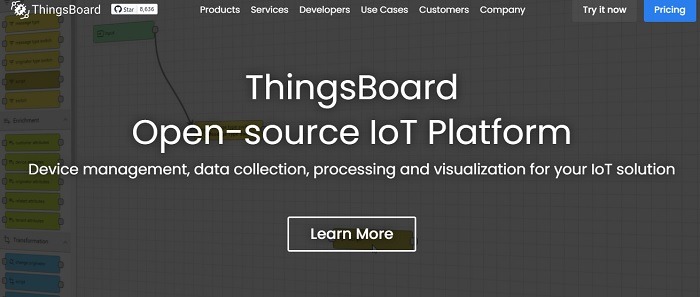
A key specialization of this platform is its support for complex rules chains, which means you can design a vast range of applications and use cases. ThingsBoard has a community edition which is absolutely free for developers.
15. Particle
For industrial projects with a large number of sensors and connected machines, it’s very important that your IoT assets are reprogrammable and reconfigurable. This is where Particle comes in handy as it offers a full-stack PaaS solution with easy-to-use APIs, software development kits, and other optimized templates. The company’s offerings for IoT makers comprise light electric vehicles, smart energy, HVAC, emissions monitoring, and industrial equipment monitoring.
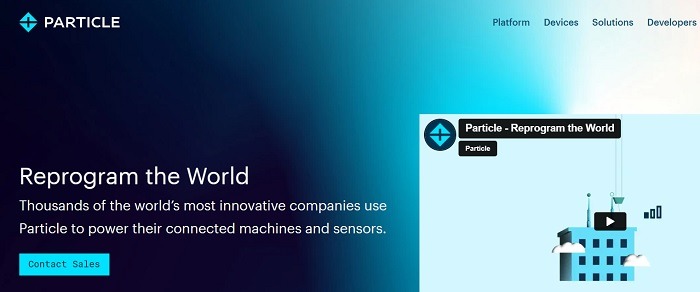
16. Eclipse IoT
Eclipse is one of the few examples of IoT platforms that’s open-source, and it’s genuinely impressive what its small community has achieved so far. Eclipse has over 40 open-source projects that are designed for the various IoT stacks.
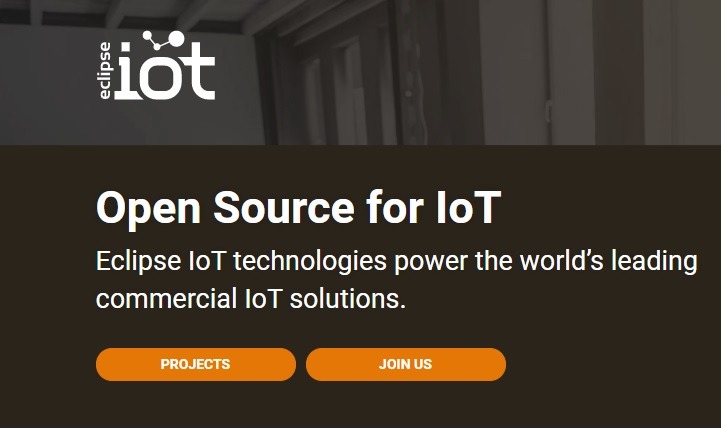
This isn’t just independent developers, either. Big companies like Bosch, Red Hat and Eurotech, among others, contribute to Eclipse, giving the platform some serious gravitas. Eclipse already plays host to some complex IoT solutions for major companies, yet its open-source nature also gives it a flexibility and accessibility that you won’t easily find elsewhere.
17. Kaa Project
The Kaa Project (named after Jungle Book’s python) has now progressed into a full-scale enterprise IoT platform. Moreover, it can integrate with devices in other platforms and has extensions and client APIs in its library.
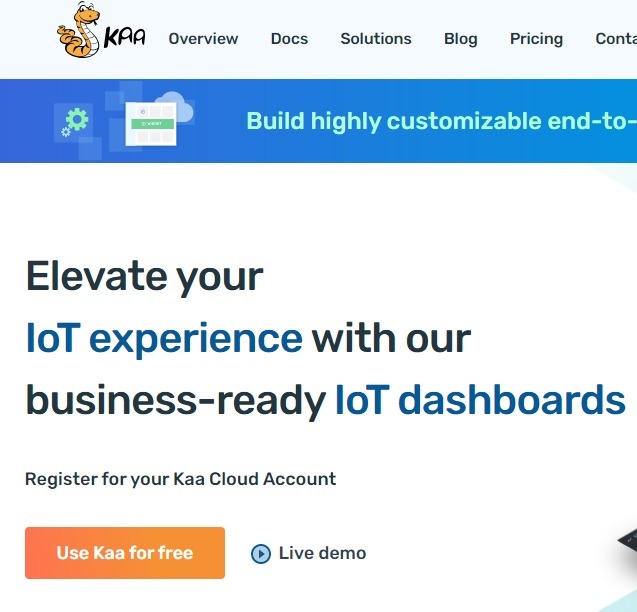
Kaa also offers the option to manage multiple devices from one unit and uses open source protocols such as MQTT and CoAP. The ability to visualize data and over-the-air updates completes the picture. In fact, this is sometimes known as a “microservices” architecture. Kaa already has many consumer applications including wearables, healthcare and consumer electronics.
18. Thinger.io
The best features about Thinger.io are its open-source nature and a strong platform that supports multiple protocols, sensors and actuators. It is hardware agnostic and offers a highly interactive, rich interface for coding. Developers can connect up to two devices for free, and a basic subscription starts at a small price per month. What’s more, you can download the Thinger.io infrastructure in AWS, Ubuntu and Raspberry Pi. Do refer our quick start guide on working with Thinger.io.
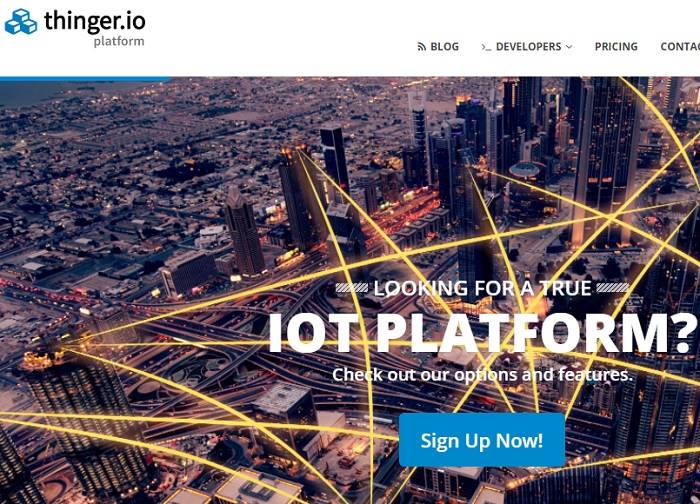
Frequently Asked Questions
IoT platforms are mainly divided into how many types?
There are four different kinds of IoT platforms:
- Hardware IoT platforms: these mainly comprise switches, routers, gateways, chips, sensors, and actuators.
- App development platforms: these are mainly concerned with designing and developing consumer-facing apps for the solution provider.
- Analytics/BI platform: some IoT platforms convert user data into actionable insights. They thrive on analytics and business intellingence.
- Full-stack IoT platforms: these comprise all the IoT solutions above.
Which IoT platform is best for home automation?
If your end product usage is in smart homes, you should go for an IoT platform that supports Wi-Fi and 5G. Here are some other consumer requirements of smart home automation that you must check out.
Image Credit: DepositPhotos. All screenshots by Sayak Boral.







